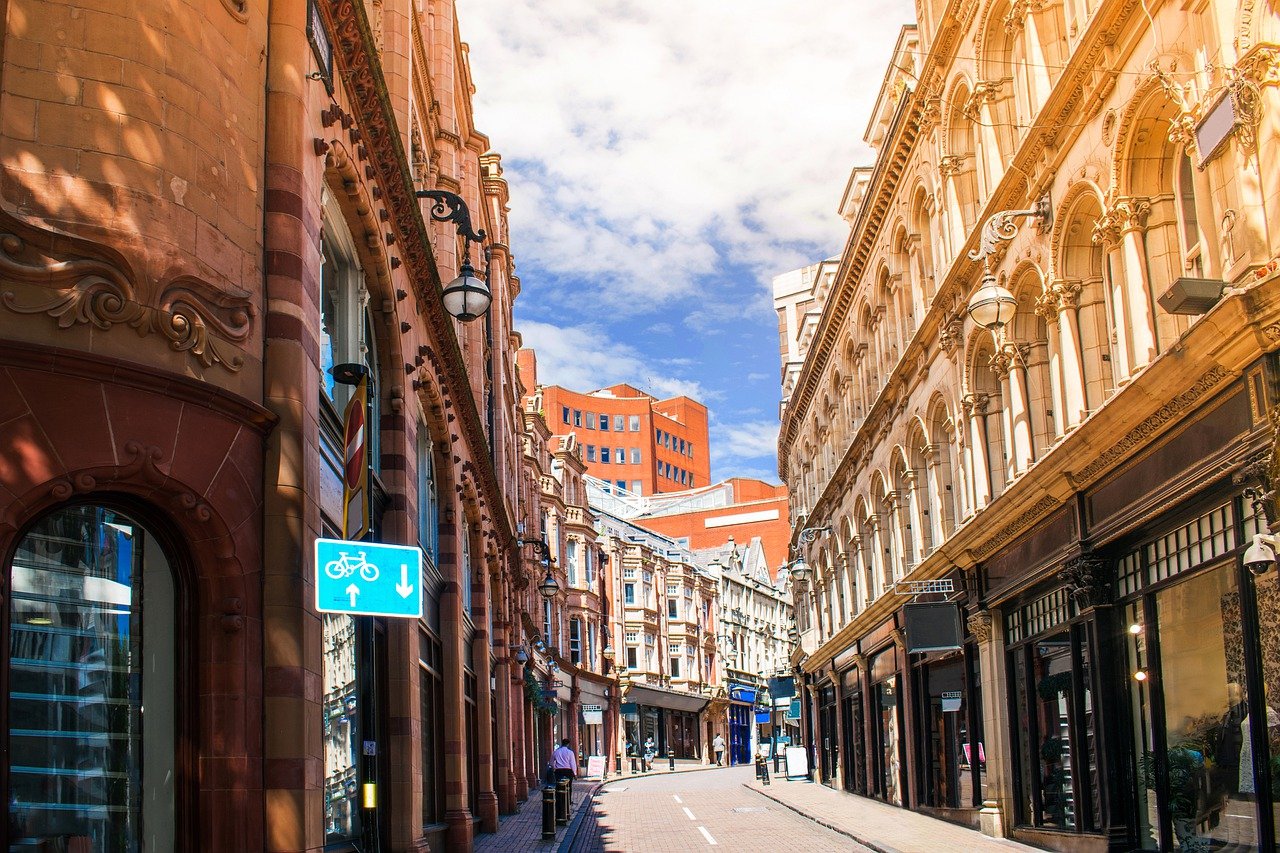09 Apr

With 2020 behind us, brands have gathered facts, analysed clues, and identified key suspects. Now, with suspense filling the air, they’re ready to present their case for a more resilient growth strategy for 2021 and beyond.
Digital-first business models help preserve market relevance. Once the lockdowns began, retail brands jumped into their digital strategy with both feet out of necessity. Ratul Shah, head of product marketing for SAP Customer Data Cloud, says signals of online activity skyrocketed soon after January: “All of a sudden, digital had to support the physical business. More and more people went digital. Apps came out at a rapid rate. More accounts were created…”
Still, the key question remained: Could the increases in online sales make up for the loss of foot traffic? After all these months, results are mixed. Increased e-commerce activity has helped bring in revenue, but in many segments hasn’t made up for the decreases incurred by in-store and wholesale business models.
The connected store will be vital for brick-and-mortar after COVID-19. Retail brands have pursued the idea of the connected store for many years now. This idea involves blending online and in-store experiences to give customers what they’ve been asking for: security and convenience. The connected store concept includes:
- Faster checkout productivity
- Higher staff productivity
- More inventory turns
- Reductions in shrink
- Better conversion rates
While technological and organisational silos – combined with the dominance of in-store shopping – often prevented many brands from achieving this vision, now, because the pandemic has forced digital acceleration to the top of the boardroom agenda, the connected store vision is a blueprint for future success.
Snippet from an article written by Maria Morais for the Future of Customer Engagement & Experience, January 2021


Recent Comments